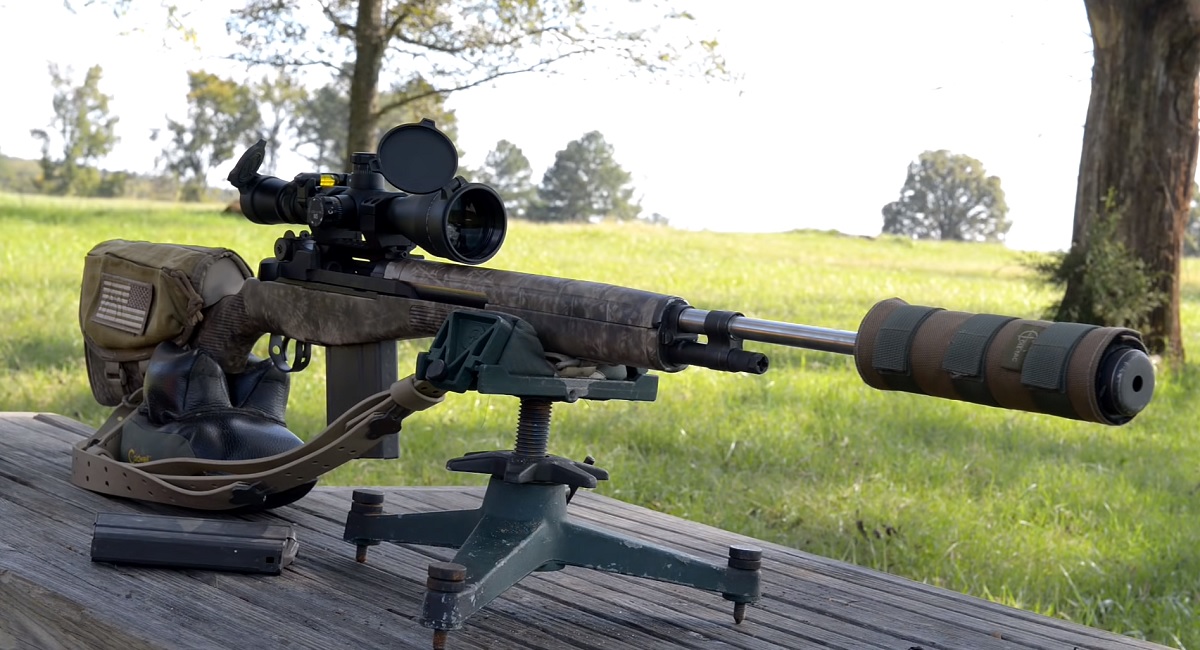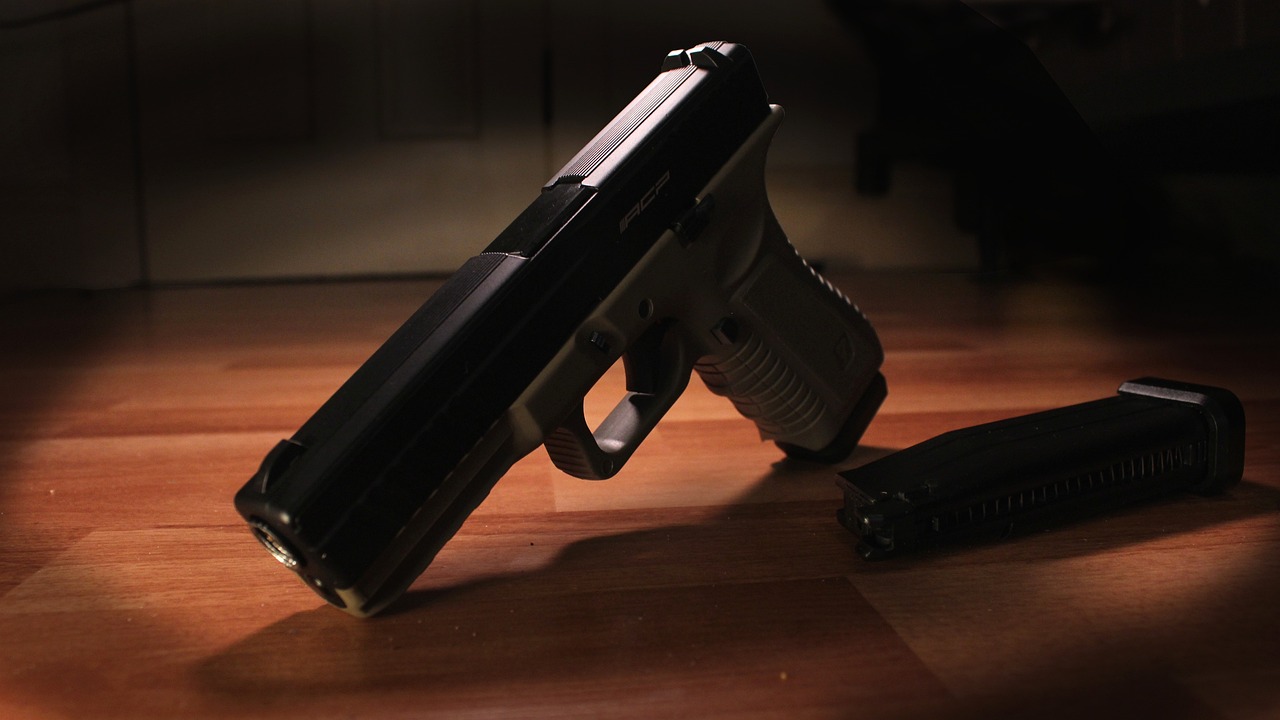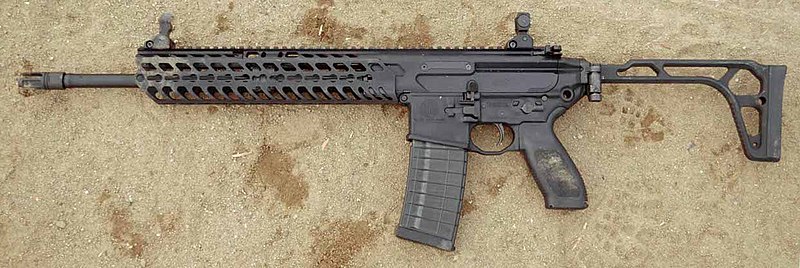
Image courtesy of IV8888
Everyone has an AR these days.
Meanwhile, countless gun hipsters consider themselves “AK guys” (including the editor, who’s just now seeing this). Those two categories seem so all-encompassing that they don’t seem to leave much room for anything else.
In truth, countless unique firearms exist, each with their own unique histories, uses, pros, and cons. Today, we’ll look at one of those less-common guns from my own personal stash with this Springfield M1A review.
The M1A Review: the Background
Although its name bears more of a resemblance to the M1 Garand, the M1A is actually a civilian variant of the M14 service rifle. It was the culmination of 15 years of research and engineering, debuting in April of 1958.
The military would go on to replace the M14 with the M16 less than 8 years later. But the rifle never truly went out of style. In fact, American troops continued to use the rifle up through extremely recent times – with slight modifications, of course.
And that’s not to mention the civilian variants. Plenty of American civilian gun makers have their own versions of the M14, including Bula Defense and Fulton Armory. But one variant seems to be more popular than the rest: Springfield Armory’s M1A.
Springfield M1A Features
At first glance, the M1A (and all M14s) have a lot in common with the old-school Garand. Both the M1A and Garand feature long-stroke gas pistons and rotating bolts. In addition, their receivers look nearly identical. The sights on both rifles also share similarities, with peephole rear sights and bladed front sights.
In fact, there are fewer noticeable differences between the two than there are similarities. Probably the biggest update between the Garand and M1A is the latter’s detachable box magazine. In contrast, the Garand utilizes en bloc clips, which give the rifle its famous “ping.”
The M1A doesn’t have that satisfying sound (I could listen to Garand ping ASMR videos for hours). But its rock-in magazine, notably similar to an AKM-pattern rifle, is hands-down a vast improvement over its predecessor.
The second main difference is caliber. While the Garand utilizes the venerable 30-06 cartridge, the M1A features the more common 7.62 x 51 NATO rounds. That also means it’s compatible with 308 cartridges. My favorites are 175-grain Federal Sierra Match Kings.
M1A SOCOM-16 variant. Note the shortened barrel in comparison to standard M14-pattern rifles.
M1A Review: Pros and Cons
If you’ve ever done any internet sleuthing on M1As, you’ve probably read some wildly different information about its performance.
First, there’s a hardcore cadre of M1A fanboys online who will tell you that this rifle is a tack driver out to 1,000 yards. Meanwhile, an even larger contingent will completely dismiss the M1A’s accuracy without ever firing a shot from the gun itself. As it is with most things, the truth lies somewhere in the middle.
Ultimately, you just need to be honest with yourself when shooting an M1A. You’re not going to get a sub-MOA gun without some significant modifications. Instead, you’ll probably pull off 2-3 inch groups if you’re a good shot. But if you’re looking for a rugged, reliable, and fun gun with some great iron sights and surprisingly manageable recoil for its caliber, you could do a lot worse than an M1A.


